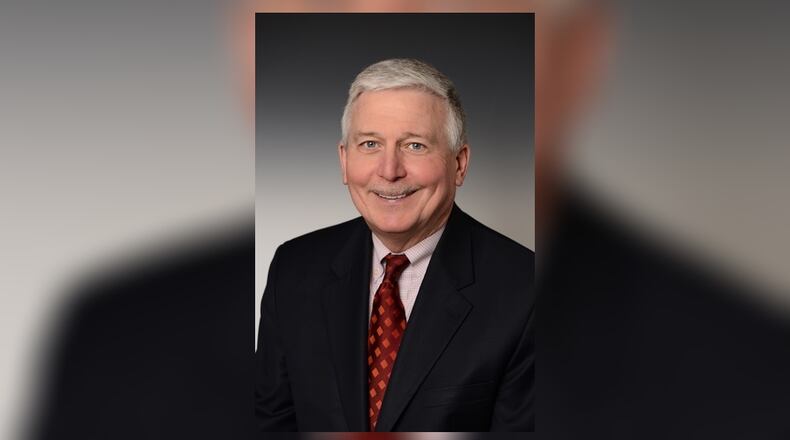That first constitution contained about 6,200 words to govern a state approaching 50,000 people. Ohio’s second constitution, adopted in 1851, contained about 9,450 words for a state of nearly 2 million. Today, the document has nearly 60,000 words for a state of nearly 12 million.
The U.S. Constitution, including its 27 amendments, has 7,591 words. The Ohio Constitution, amended 172 times, is nearly eight times longer.
Secretary of State Frank LaRose and state Rep. Brian Stewart, R-Ashville, believe the length of our state constitution is a problem. They want future proposed amendments to obtain 60 percent of the vote, instead of a simple majority, to win passage.
Their proposal also would make it much harder for Ohioans to qualify a constitutional initiative for the ballot, by expanding signature-gathering requirements to all 88 counties from the current 44.
LaRose and Stewart contend it should be almost as difficult to amend the Ohio Constitution as it is to amend the U.S. Constitution. Amending the U.S. Constitution requires a proposal winning a two-thirds vote in the House and Senate, then ratification by three-fourths of the states (38 of 50).
They argue state constitutions should resemble the federal document in brevity. They contend the Ohio Constitution simply should enunciate individual rights, establish a framework for state governance, and leave the rest to elected state legislators.
The nation’s founders saw it differently.
In Federalist 45, James Madison explained: “The powers delegated by the proposed Constitution to the federal government are few and defined. Those which are to remain in the state governments are numerous and indefinite.”
The states would have numerous and indefinite powers. This is federalism. The Founders envisioned a sprawling and diverse nation, with states differing in many ways. They knew state government would be closer to the people, better equipped to look after the common welfare. They intentionally left the details to the states.
That is why the U.S. Constitution says nothing about education. Nothing on state debts, finance, or taxation. Nothing on state judiciaries. Nothing on cities and counties. Nothing on civil service. Nothing on lots more.
State constitutions must address all these functions. State constitutions specifically define and limit governmental powers across multiple responsibilities.
For example, among states, Ohio is one of the most tight-fisted on debt. Since 1851, the constitution has imposed a $750,000 limit on debt the state can incur absent a public vote.
That is why Article VIII of the Ohio Constitution (on debt and public works) contains more than 40 percent of the words in the entire constitution.
Obtaining voter approval to remove the defunct language for debt programs that long ago ran their course would remove more than 11,000 words, nearly one-fifth of the constitution’s length. LaRose and Stewart should propose that.
LaRose and Stewart might be surprised to learn that, as a rule, longer state constitutions are better at limiting government power and expanding personal liberty.
So observed William G. Batchelder, R-Medina, a legendary conservative who during a 38-year legislative career was widely considered the top constitutional authority on Capitol Square.
State constitutional specificity, Batchelder said, is essential to limit government power. “We’ve been able to tie down government more” than many other states because of the length of Ohio’s constitution, Batchelder observed in a 2008 interview.
“While many provisions are detailed,” he said, “they reflect our experience as a people and the spirit of the times.”
Unfortunately today, the spirit of the times in the Ohio Statehouse is not conducive to constitutional scholarship, but rather seeking partisan and ideological advantage at any cost.
Mike Curtin is a former Editor and Associate Publisher for the Columbus Dispatch, and a former two-term State Representative who served on the Ohio Constitutional Modernization Commission.
About the Author
